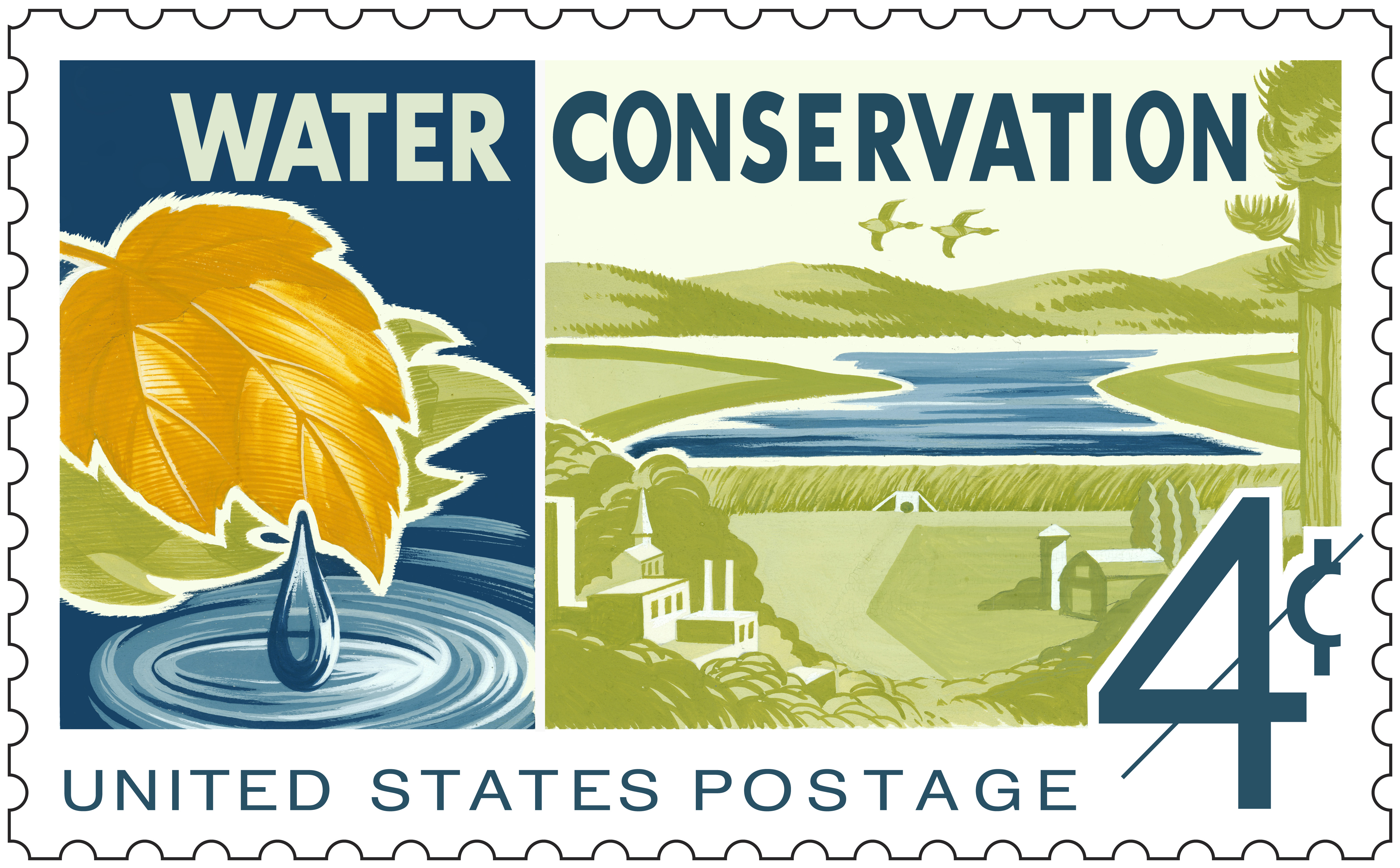Health Canada is proposing a ban on almost all uses of a controversial neonicotinoid pesticide called imidacloprid, saying it is seeping into Canadian waterways at levels that can harm insects and the ecosystem. Neonicotinoid pesticides, the most widely used class of insecticides in the world, have faced increasing restrictions because of the risk they pose to bees, but have been allowed in Canada for agricultural and cosmetic purposes. Today, Health Canada released its draft risk assessment for imidacloprid for public comment. "Based on currently available information, the continued high-volume use of imidacloprid in agricultural areas is not sustainable," the assessment states.It proposes phasing out all agricultural uses of imidacloprid, and a majority of other uses, over the next three to five years.
"I'm really surprised," said Mark Winston, a professor of apiculture at Simon Fraser University and senior fellow at the university's Centre for Dialogue. "To take an action to phase out a chemical that is so ubiquitous, and for which there is so much lobbying pressure from industry, I think that's a really bold move."
Imidacloprid is a broad-spectrum insecticide that works by interfering with the nerve impulses of insects, killing them. It's used to control pests on a large number of agricultural crops, from cereals and grains to Christmas trees and ornamentals, says Health Canada. Some homeowners also use it kill chafer beetle larvae and other grubs that destroy their lawns.
The chemical's toxicity to bees and other insects is not in scientific dispute, though regulators worldwide have wrestled with the question of whether it could be used at times, or at low enough concentrations, to mitigate those risks given its usefulness to agriculture. Based on its findings for imidacloprid, Health Canada is launching "special reviews" of two other widely used neonicotinoids: clothiandin and thiamethoxam.
Health Canada's review found imidacloprid is getting into the environment, through run-off and drifting spray, and is "being detected frequently in Canadian surface and groundwater." Imidacloprid has been found, in rare cases, in concentrations as high as 11.9 parts per billion, more than 290 times the level considered concerning based on scientific evidence, Health Canada said.
In areas of "intense agricultural activity" in Ontario and Quebec, the agency found the chemical "frequently in surface water at levels well above concentrations that may result in toxic effects to insects." Those insects, including mayflies and midges, are important to the ecosystem as food for fish, birds and other animals. The review also found a risk to soil-dwelling organisms. It did not find a risk to human health from exposure to the chemical.
Bayer, which developed imidacloprid in the 1980s and is still a key manufacturer of products using it, said it was "extremely disappointed" with Health Canada's announcement.
"We will conduct a thorough review of their proposal and supporting data, and provide input into the consultation process," Bayer responded in a statement. "Canadian growers value imidacloprid due to its efficacy, safety to applicators and favourable environmental profile, when used according to label instructions."
Source: CBC, November 23rd, 2016
http://www.cbc.ca/news/canada/british-columbia/health-canada-imidaclopr…

- Login om te reageren

Graham White comments
Health Canada finally wakes up to what Dr Henk Tennekes told the world six years ago - namely that widespread contamination of surface waters is wiping out aquatic invertebrates and insects associated with ponds, streams and lakes - on a massive scale - and as an indirect result - most insectivorous bird populations are crashing in all countries where neonics have been used for more than a decade.
“Too little and too late” . . this continent-wide ECOCIDE has been going on since 1994; the French first sounded the klaxon on this issue in 1996!
The French scientists recommended a ban in 1999, which was enacted in France in 2000.
So here we are almost seventeen years after the French ban, and Health Canada is ‘proposing’ a phase out over a period of three years, with a start date of . . . . . . ??????
This is what is known in military terms as a “strategic withdrawal”.
That is when the invading army finally withdraws and gives ground, but slowly - by stages - to well-prepared defence lines.
The strategy then, is to inflict the maximum casualties on the liberating forces - though in terms of Bayer, Syngenta et al it is merely to wring another $3 billion profits out of the North American market, before they finally surrender the use of neonics, after 25 years of profits.
Of course that ‘withdrawal’ of neonics from the market will immediately trigger the launch of the next ‘breakthrough’ in poison technology, which will be rubber stamped by the EPA and Health Canada - so that the next 25 years of the Poison Cycle can begin.
Graham White is an environmental author who keeps bees in the Scottish Borders. He recently wrote: “We are witnessing an ecological collapse in all the wildlife that used to live in fields, hedgerows, ponds and streams. All the common species we knew as children are being wiped from the face of the countryside.”